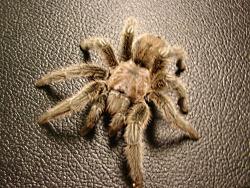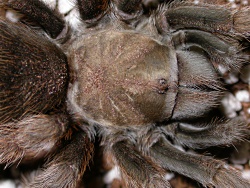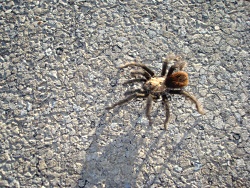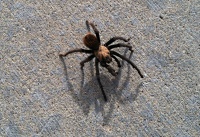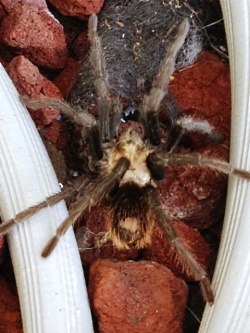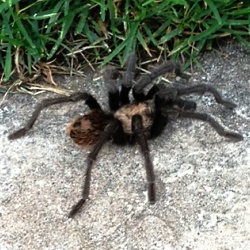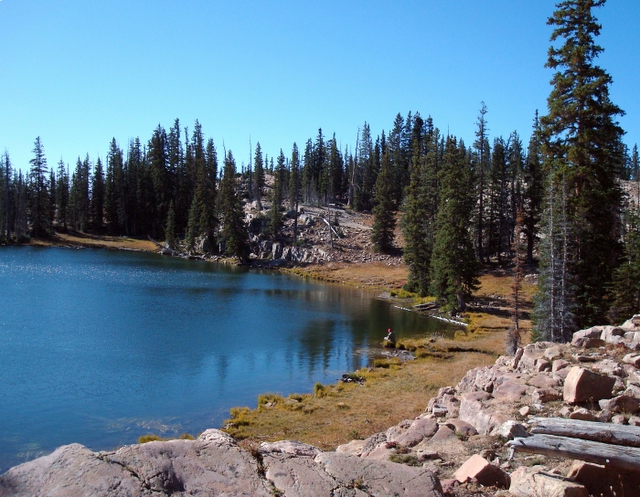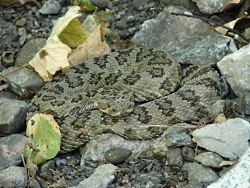
on Antelope Island
Courtesy & © 2008 Carol Davis
per Creative Commons Attribution
-Noncommercial-
No Derivative Works 3.0
United States License
Hi, I’m Holly Strand from Stokes Nature Center in beautiful Logan Canyon.
Summer has finally arrived, even in northern Utah. As the temperature rises, different locations around the state are experiencing the perfect conditions for no see ums.
Not long ago, a couple of no see ums got under my skin– so to speak. I asked some friends and colleagues, “What exactly is a no see um?” Is it the same thing as a gnat? A midge?” Only one person in 20 knew the difference, so I thought I’d take a few minutes to sort out what is what.
First of all, let’s talk about midges. Midges are small, mosquito lookalikes. They represent a very large group in the taxonomic order of flies or Diptera. There are at least 2000 species different species in North America alone. They often occur in huge swarms, usually in the evening. You might see them “dancing” in the air, in columns rising up from the ground. Sometimes they will rest in large numbers on walls, screens and buildings, particularly during the warmer part of the day. When present in large numbers, they can be annoying. Midges are why you should keep your mouth closed when riding your bike.
Most midge species don’t bite. The term no see ums refers to the ones that do bite. In southern Utah biting midges –aka no see ums –are often called cedar gnats. You may also hear them referred to as punkies or moose flies as well as some other names not mentionable on air.
No see ums can surprise you for their bite is completely out of proportion to their tiny size—which is less than 1/8 of an inch long. Like mosquitoes, only the female bites for she needs a blood meal to produce eggs.
Unlike mosquitoes, no see ums don’t puncture the skin. They cut it open with their scissor-like mandibles. Then they squirt a chemical on the open wound to prevent clotting. Finally they suck up the resulting pool of blood through their proboscis, a straw-like structure near their mouth. Think of no see ums as miniature blenders making a smoothie out of you!
Finally, let’s consider gnats. The word gnat is a very loose term that seems to refer to either midges or biting midges or both, depending on the speaker.
Whatever you choose to call them, midges/gnats/no see ums are guaranteed to season the air and to decorate your windshield this summer.
For pictures of swarming midges and a scary close-up of a no see um see www.wildaboututah.org
For Wild About Utah and Stokes Nature Center, I’m Holly Strand.
Credits:
Images: Courtesy Wikimedia and Carol Davis, Photographer
Text: Holly Strand, Stokes Nature Center
Sources & Additional Reading
Borror, Donald J., Charles A. Triplehorn (Author), Norman F. Johnson Introduction to the Study of Insects, 6th Edition. 1989. NY: Harcourt Brace Jovanovich College Publishers.
Hovenweep National Monument. Biting Gnats fact sheet. www.nps.gov/hov
Utah County Online. Health: Mosquito Abatement. Insects Resembling Mosquitoes. https://www.co.utah.ut.us/dept/healthmosq/MosqLookAlikes.asp
[Accessed June 25, 2010]

